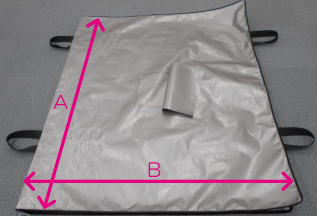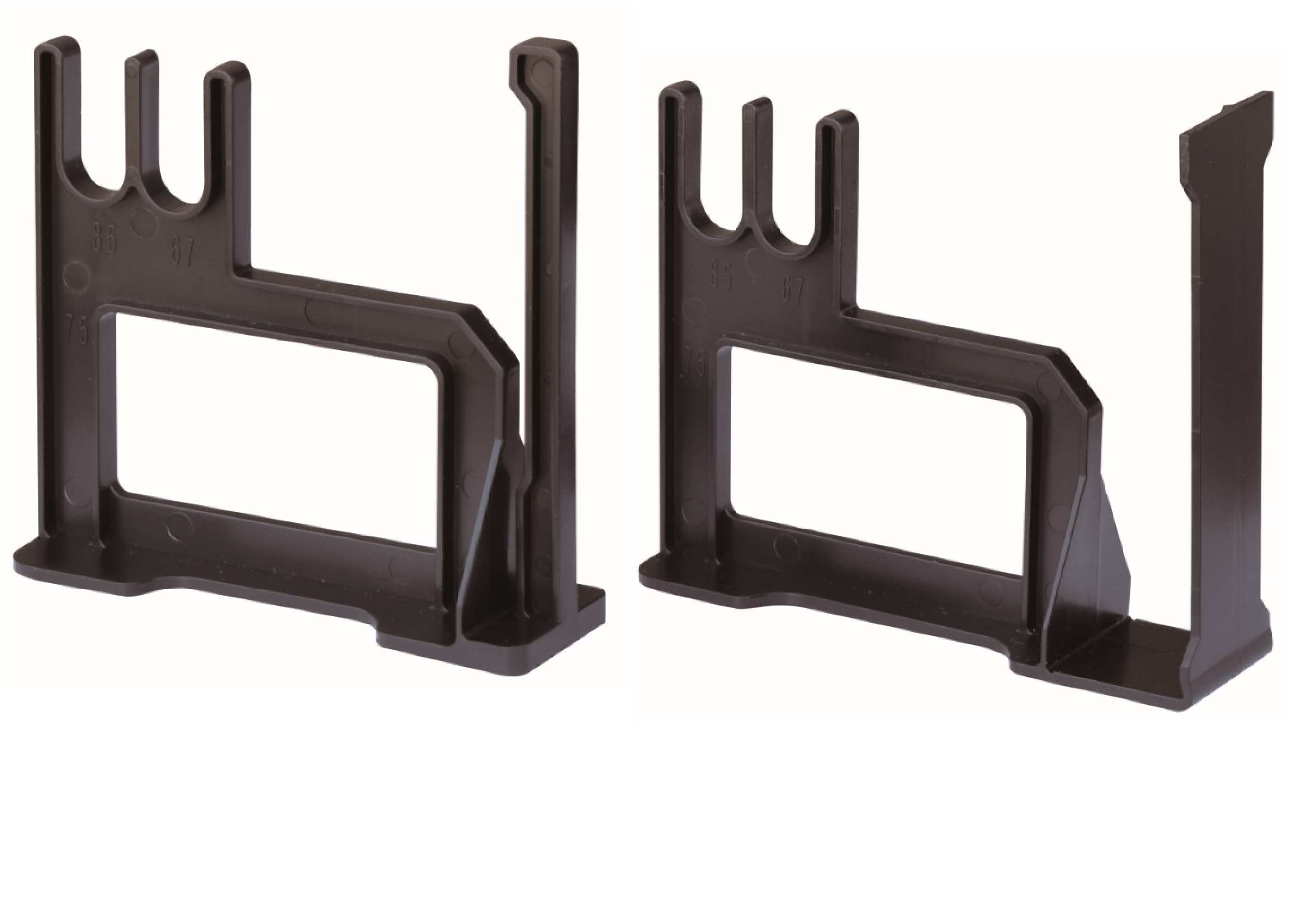(Customizable smart window technology could improve energy efficiency of buildings)
2020/7/14 アルゴンヌ国立研究所(ANL)

・ ANL、ノースウェスタン大学、シカゴ大学およびウィスコンシン大学ミルウォーキー校が、ユーザーニーズに合わせて設計したスマートウィンドウのプロトタイプを作製する、太陽電池技術と最適化のアルゴリズムを組合せた新アプローチを開発。
・ 「多基準最適化」と呼ばれる同アプローチは、窓で使用する太陽電池層等の厚みをユーザーのニーズに合わせて調整し、総合的な物理モデルと高度なコンピューティング手法により、季節を通して建物内のあらゆる箇所の温度と照明のバランスを維持しながら、全体のエネルギー使用量を最大限に効率化する。
・ 例えば、夏季冷房のエネルギー使用量の低減には、室内の適度な明るさを維持しながら窓を透過する種類の光の量を最小限に抑え、冬季のエネルギー節約には窓から入射する太陽光の量を最大化して暖房に必要なエネルギー量を低減するなど、ユーザーのニーズと嗜好に沿った設計の窓の作製を可能にする。カスタマイズ可能なため世界中のあらゆる建築物で利用できる。
・ 同アプローチのアルゴリズムは、スマートウィンドウでの光と材料の相互作用の総合的な物理ベースモデル、それらがエネルギー変換と光透過に及ぼす影響や、様々な場所で 1 日・1 年間の窓への太陽光の入射角度等を取り込み、最適な窓設計を決定する。
・ また、生物進化の再生と遺伝子の突然変異をなぞらえた同アルゴリズムのコンピューティングメカニズムが、特定のシナリオに適合した設計パラメータの最適な組合せを突き止める。
・ 数㎠の小面積窓のプロトタイプを作製して同アプローチを実証。同プロトタイプは、透過する光の量と周波数、また電気に変換される太陽エネルギー量を制御する、様々な複数の材料から構成される。
・ 同プロトタイプの太陽電池層にはペロブスカイトを、窓を透過する光の周波数を調整するナノフォトニックコーティング(ノースウェスタン大学が開発)を採用。最適化された各層の異なる厚さが、ユーザーのニーズに適合した窓性能を実現する。
・ 同プロトタイプを、フェニックスの 2,000 平方フィート(約 185.8 ㎡)の一階建て住宅用に最適化した結果、市販の主要な窓技術を大幅に上回るエネルギー節約量を算出した。この計算には、国立再生可能エネルギー研究所(NREL)が開発した経時的なエネルギー消費量を推定するソフトウェアのEnergyPlus ビルディングモデルを使用。
・ 既存の窓に取り付けられるフレキシブルなスマートウィンドウに対応するアプローチの開発を検討する。本研究には、米国立科学財団(NSF)が一部資金を提供した。
URL: https://www.anl.gov/article/customizable-smart-window-technology-could-improve-energyefficiency-of-buildings
<NEDO海外技術情報より>
(関連情報)
Cell Reports Physical Science 掲載論文(フルテキスト)
Maximizing Solar Energy Utilization through Multicriteria Pareto Optimization of Energy Harvesting
and Regulating Smart Windows
URL: https://www.sciencedirect.com/science/article/pii/S2666386420301077?via%3Dihub
Summary
Windows play a crucial role in regulating solar energy exchange with a building, while supporting many essential functions, including natural daylighting, ventilation, and visual contact with the outside. These distinct functions often make complex and sometimes conflicting demands of solar energy. Here, we report a multicriteria Pareto optimization approach to obtain optimal balance of the energy-harvesting and energy-regulating functions for a smart window device. The optimal design is validated experimentally using a nanofabricated prototyping smart window device, which comprises a semi-transparent perovskite solar cell and an aperiodic multilayer nanophotonic coating. Based on experimental characterization of the prototype, calculations using EnergyPlus project an annual energy savings of 13,560 kWh or 187% over a chromogenic smart window for a 2,000-ft2 single-story residential building located in Phoenix, Arizona. The reported multicriteria optimization and the nanophotonic device architecture offer promising solutions for the efficient utilization of solar energy.



